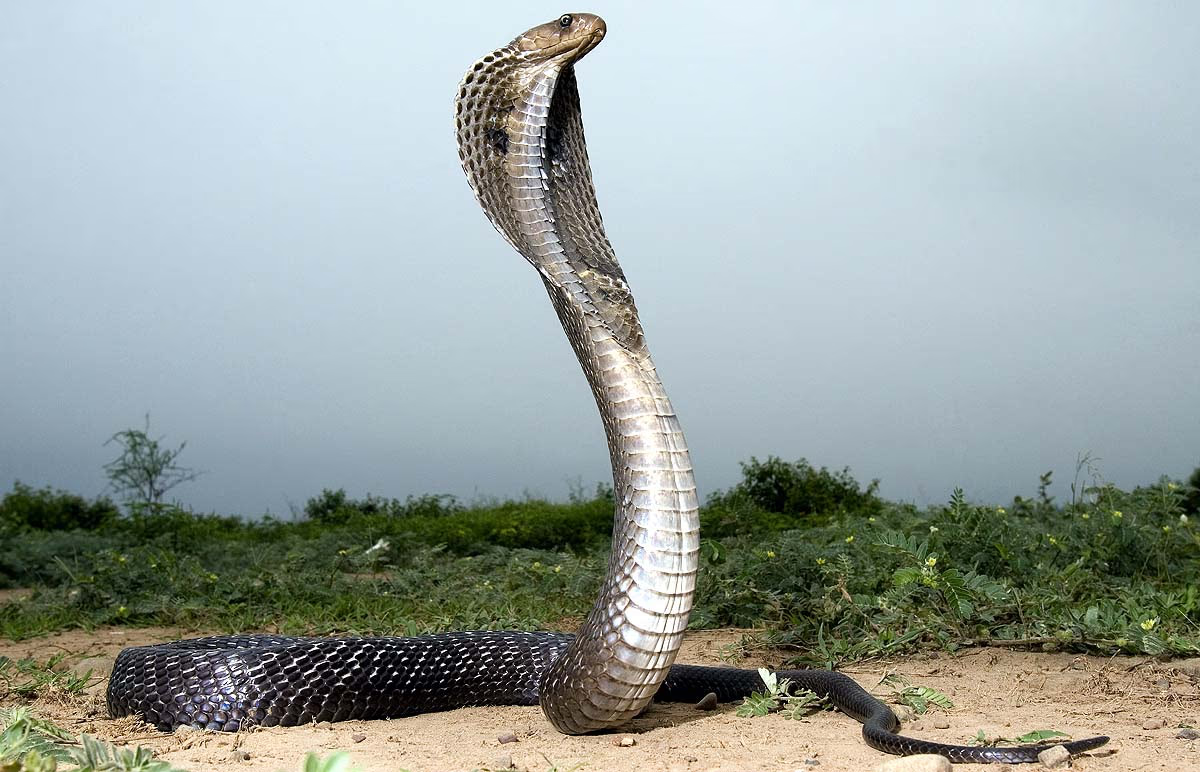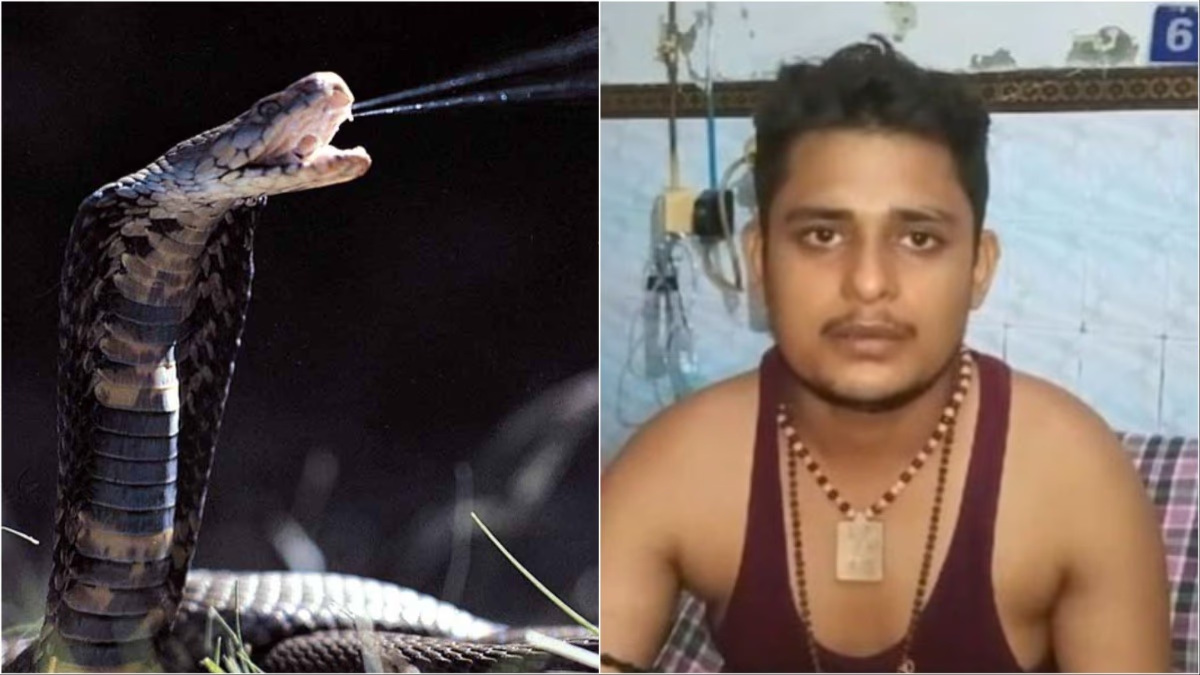In the heart of Uttar Pradesh's Fatehpur, situated between Prayagraj and Kanpur, lies a story of a man named Vikas Dubey. He claims that within a span of 40 days, the same snake bit him seven times. Currently under medical care, this raises the question: Is it possible for a human to be repeatedly targeted by the same snake, or is it a mere coincidence?
Science denies such possibilities with no proven evidence. First, let's understand where Vikas resides...

Source: aajtak
Exploring the geography of Vikas's hometown...
The lush green village of Saura, within the Malwan area of Fatehpur city, is Vikas's home. Between the fertile lands of the Ganga and Yamuna rivers, this region is known for its rich soil and verdant fields. Vikas's household is surrounded by greenery, a habitat for rodents and consequently, snakes. In areas teeming with greenery, non-venomous snakes are more common.
The tale of multiple bites took an odd turn when Vikas was bit a fifth time, not at his home, but 12-14 kilometers away at his maternal aunt's place in Radhanagar. Experts on snake behavior assert that snakes do not travel that far nor retain memory of specific individuals to stalk and bite.
The hospital where Vikas is being treated is also in Radhanagar. A snake expert from Bhopal, Mohammad Salim, explained that no snake is known to travel such distances just to bite a person; in this case, 12-14 kilometers seems particularly improbable.
Experts also discuss the nature of snake bite marks...
The bite marks on Vikas's left hand and foot, characterized by twin puncture wounds and a surrounding blue bruise, suggest a venomous snake encounter. Non-venomous snakes would leave a different pattern. According to Salim, if a venomous snake bit him, traveling 2 kilometers, let alone 12-14, would be deadly.

Source: aajtak
Experts weigh in: humans in frequent contact with snakes might get bitten more than once, but it's unusual for a single snake to seek out a person to bite repeatedly. The area where Vikas lives is rich in vegetation, which can attract all sorts of snakes, both venomous and non-venomous.
It's normal to find non-venomous snakes like the Checkered Keelback, Bronzeback Tree Snake, and others in the plains and hills. Interestingly, these snakes don't pose a lethal threat, and a person may experience temporary unconsciousness but won't die. On the contrary, a bite from a Cobra, Krait, or Russell's Viper lacks any chance of survival if a long travel to the hospital is required.
Identifying the snake that bit Vikas is essential. Salim calls the seven-timed bite claim by one snake superstition, emphasizing the need to distinguish between venomous and non-venomous snake bites for the appropriate treatment.

Source: aajtak




